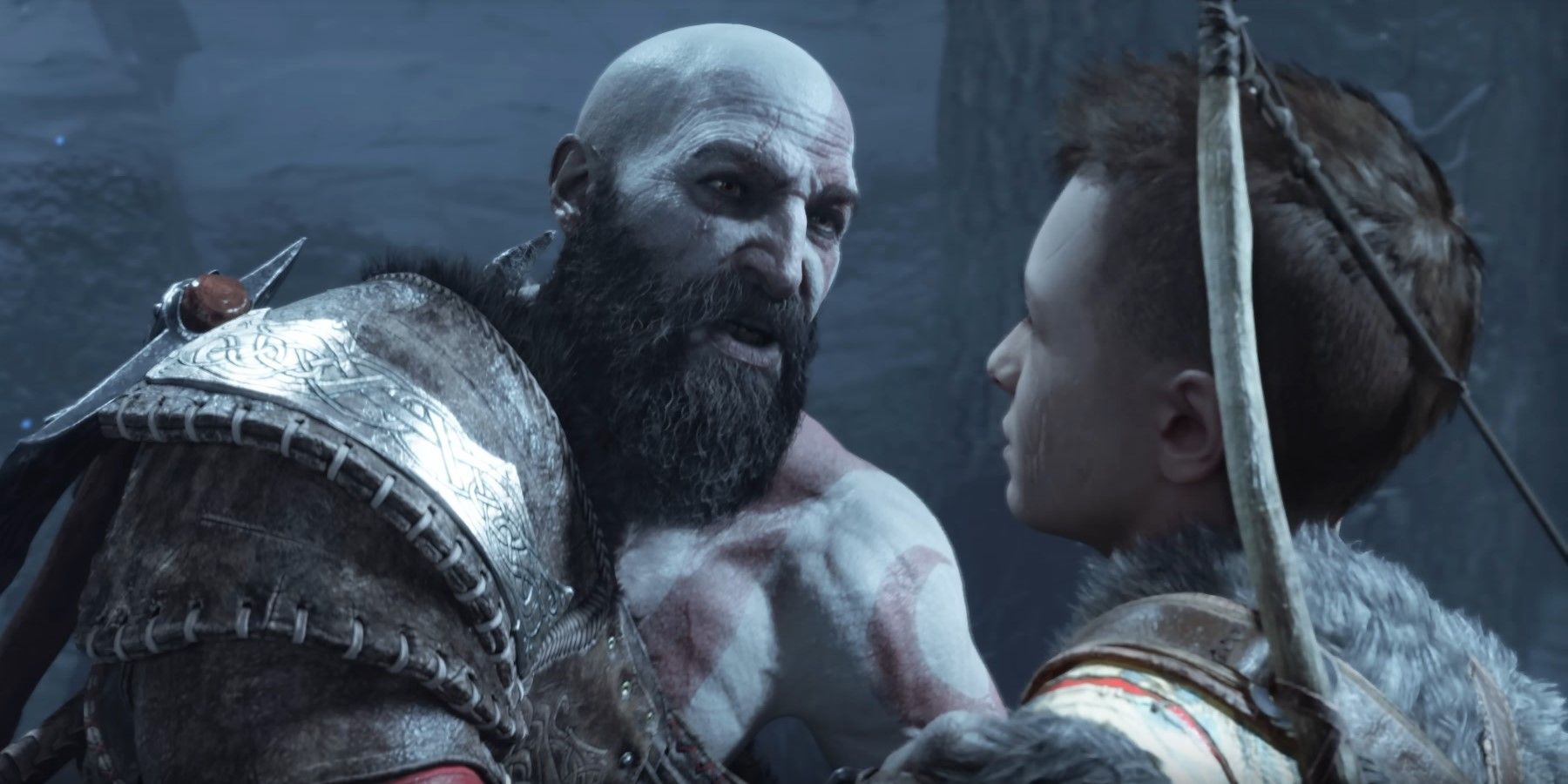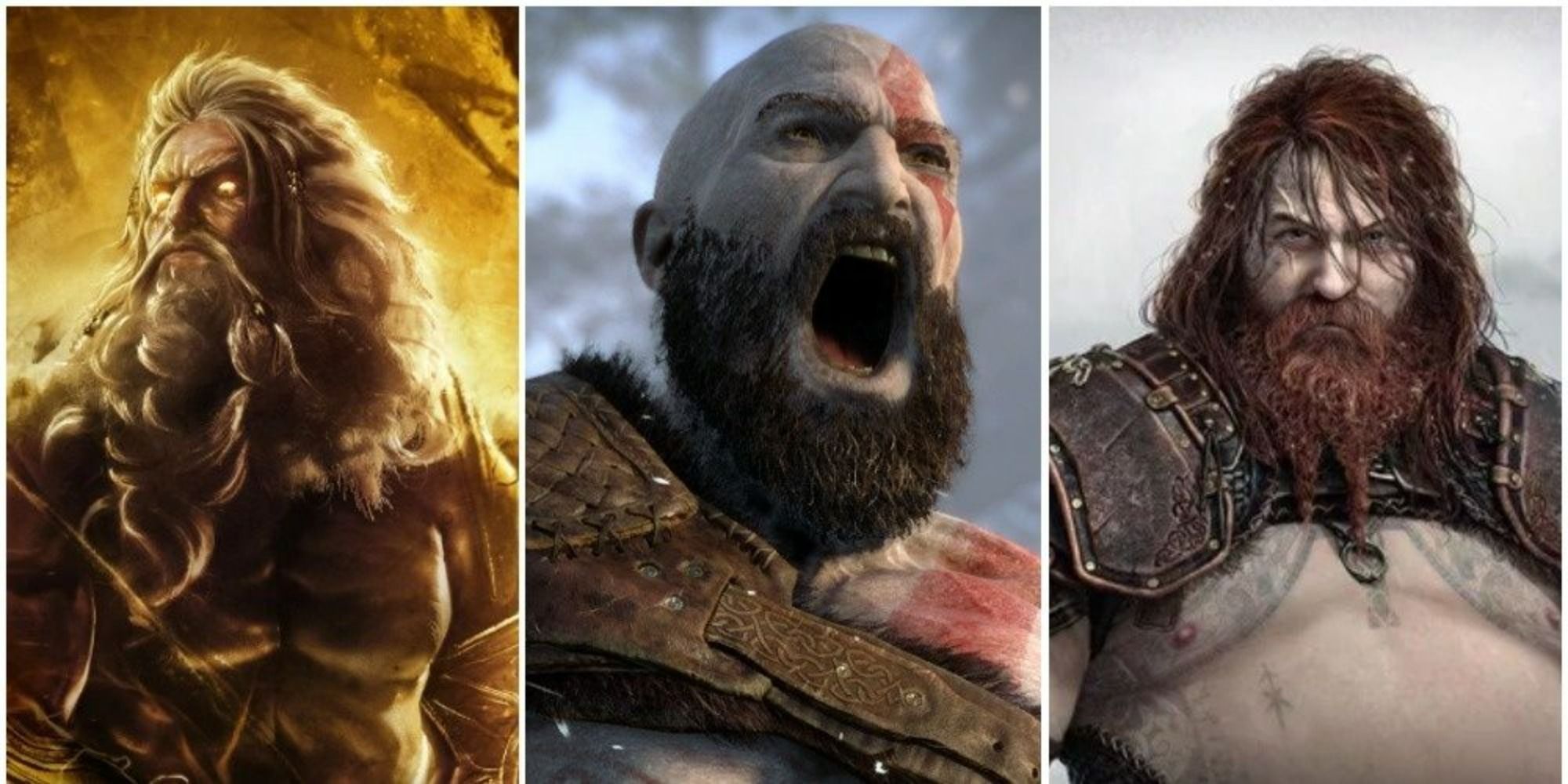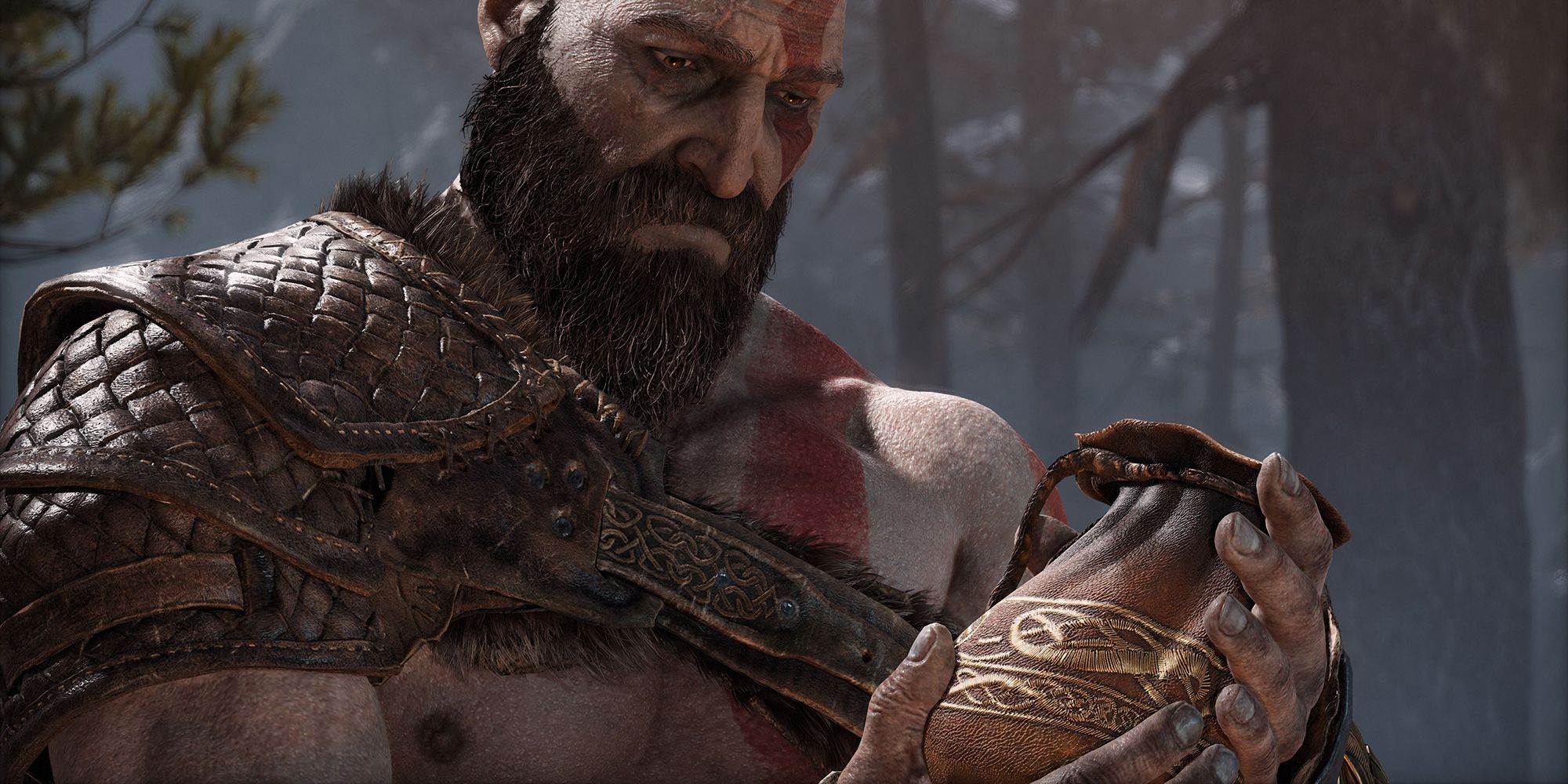God of War Ragnarok will be the franchise's last journey in the Norse realm, though it doesn't mean that it is the end of the series. There is no telling which mythological pantheon Santa Monica will re-imagine next, though Slavic mythology would be a good choice. In addition to featuring several powerful gods that would serve as great enemies, Slavic mythology also has some interesting settings to explore.
God of War Ragnarok is one of the year's most anticipated games. It will see Kratos and Atreus fighting against fate as they're pursued by powerful foes. Though some gamers are already thinking about the next saga Kratos will appear in, it isn't so obvious that he will survive this one. Hence, even if the franchise does visit the Slavic world next, it may not be Kratos who experiences it.
Slavic Mythology Has Its Own Top Dog
Each God of War saga typically culminates with a showdown between Kratos and the most powerful god of the realm he is exploring. In the Greek saga, that god was Zeus. This aligns with Greek mythology, where Zeus is depicted as the king of the gods of Mount Olympus. God of War's Zeus is also a powerful sky god, as well as the father of Kratos. Following Zeus' betrayal, Kratos seeks revenge and kills him, continuing a terrible cycle of patricide among the gods.
In the Norse saga, the highest god is Odin, who is feared by all the other gods of the Nine Realms. In Norse mythology, Odin is depicted as a wise figure who is a protector of heroes. He dwells in Valhalla, and he regularly seeks guidance from the wise man Mimir. In Prose Edda, he is referred to as the All-Father, due to how many gods he has fathered. Though Odin has yet to make an appearance in God of War, it has been suggested that he is a far more malevolent figure than his mythological counterpart, and his cruelty knows no limits. Odin has set his sights on Kratos, and it seems that a battle between them is inevitable in God of War Ragnarok.
Santa Monica has stated that God of War Ragnarok will be the last Norse saga game, though the studio has not revealed where the franchise will be going next. There is plenty of mythology around the world to choose from, and for years fans have been begging Kratos to visit Egypt or Japan to explore their rich culture. Slavic mythology could also be a great setting, especially because it has its own top dog to replace Zeus and Odin - Perun.
Like Zeus, Perun is a sky god, and he is also associated with lightning, war, and the law. He is sometimes depicted as an eagle and is seen with a variety of weapons, including firestone arrows. It isn't difficult to imagine this powerful figure at the center of a God of War adventure, especially with his arsenal of weapons and his control of lightning. Like his predecessors, he is believed to rule over the other gods, which would make him a natural final boss.
Slavic Mythology Has Interesting Settings
Should God of War leap into Slavic mythology, there would be several captivating settings to explore. Within mythology, the cosmos is divided into three realms - Earth, heaven, and the underworld. There are many myths concerning how Earth was formed, with some involving a cosmic egg that is cracked, with the bottom half forming Earth and the top half forming the heavens. Other forms of the myth involve the dismemberment of the first human or a god.
There are also mentions of several enchanting locations which God of War could explore, including the Alatry, which is a rock in the middle of the world. It is sometimes said that the World Tree stands over it and that it is guarded by the serpent Garafena and the bird Gagana. There is also the mysterious island Buyan, which is said to disappear and reappear with the tide. According to some legends, the island is the source of all weather. Another place worth exploring is the paradisaical Oponskoye Kingdom, which is described as a heavenly place for peasants.
These strange lands are far from uninhabited, and there are a host of deities and mythical creatures within Slavic mythology to populate them. In addition to regular gods and goddesses, there is mention made of the Sirin, which is a bird with the head of a beautiful woman, and the Shishiga, which is a swamp monster. A more commonly known being is Baba Yaga, a malevolent spirit usually depicted as a wicked crone, and the nocturnal spirit demon Nocnitsa also makes frequent appearances in Slavic mythology. All of these creatures would make for terrifying enemies in a God of War game, especially if Santa Monica gave them a creative twist, as it loves doing.
Kratos and Atreus' stay in the Norse realm appears to be quite a short one, but it is undeniably eventful. God of War Ragnarok will feature an epic clash of the gods that will decide the fate of Kratos and the Nine Realms. Where the series goes afterward remains to be seen, but Slavic mythology would not be a bad choice. It has the right combination of interesting settings and powerful gods to accommodate a God of War tale, though gamers will have to wait and see whether Kratos will be part of the franchise's future.
God of War Ragnarok is scheduled to release on November 9 on PS4 and PS5.



